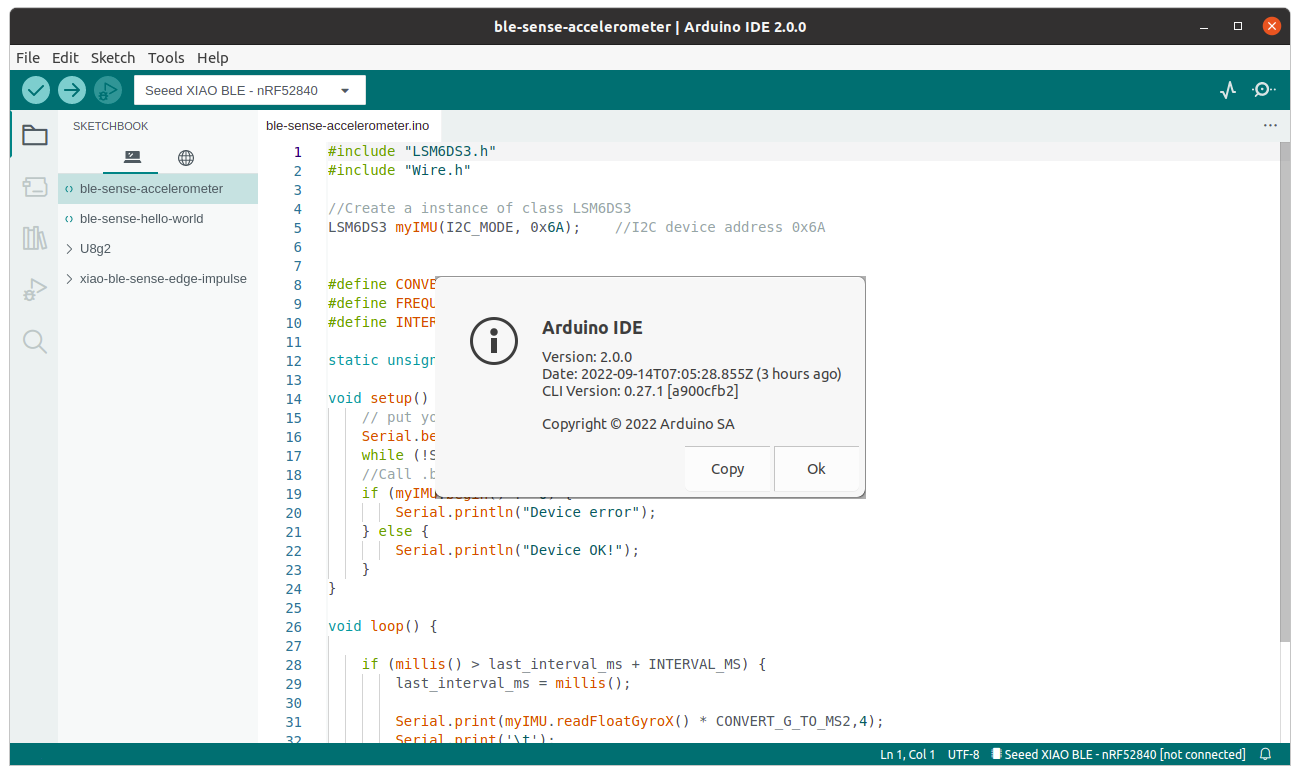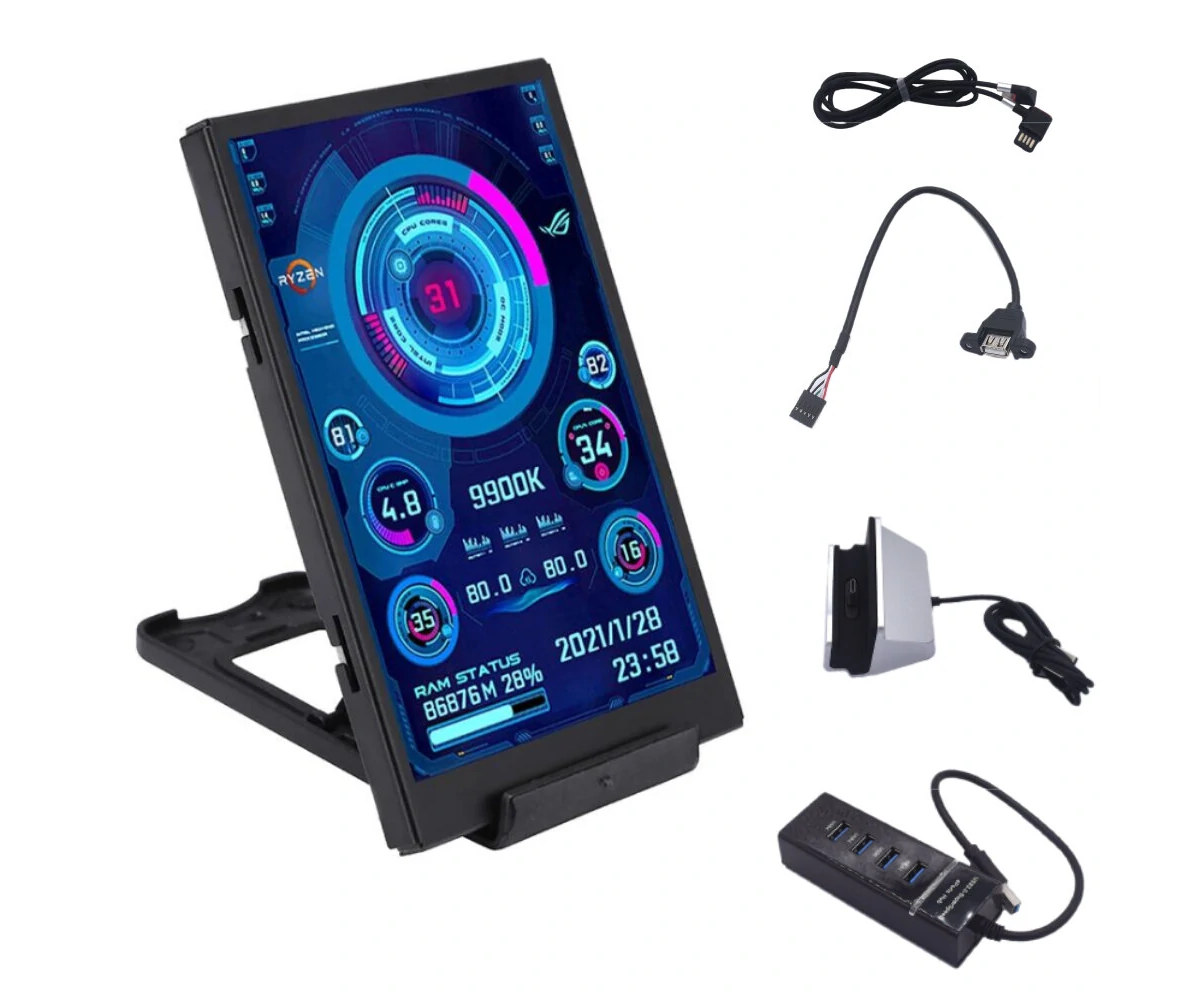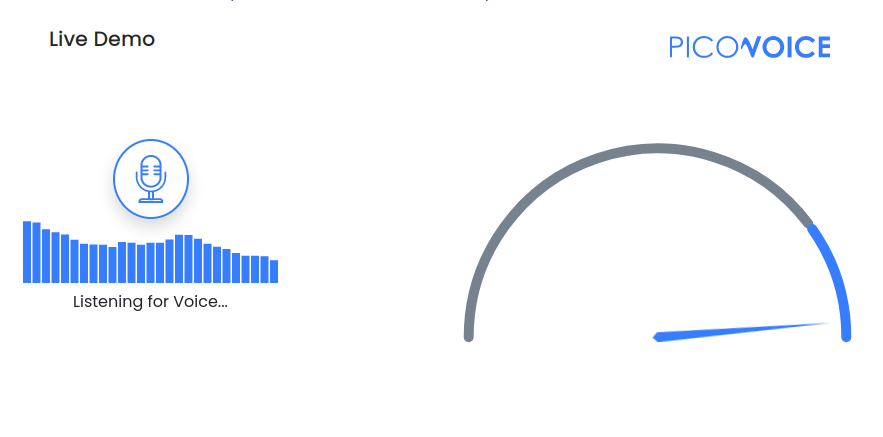The first stable release of Arduino IDE 2.0 is now out. Based on the Eclipse Theia framework, the new IDE provides a more modern and user-friendly user interface, faster compilation time, and more features we’ll discuss in this post. Arduino initially introduced the Arduino IDE 2.0 beta in March 2021 with a live debugger with breakpoints support, a revamped user interface with features such as autocompletion of variables and functions. After 18 months of debugging with the help of members of the community such as Paul Stoffregen (the maker of the Teensy boards), the Arduino IDE 2.0 is not an experimental software anymore, and it’s the first version you’d see in the download page. The Arduino IDE 2.0 is available for Windows 10 64-bit and newer, Linux X86-64, and macOS 10.14 “Mojave” or newer. If you’ve already installed Arduino 1.x, it will inform you of updates for your installed libraries […]
Turing Smart Screen – A low-cost 3.5-inch USB Type-C information display
“Turing Smart Screen” is a low-cost 3.5-inch USB-C display that connects to systems with a USB port, and works with Windows, Linux (including Raspberry Pi), MacOS, and other operating systems that support Python3. But contrary to my initial assumptions, it does not exactly act as a second monitor, and instead, it is an information display, originally designed to show resource utilization, e.g. CPU and memory usage, in Windows, and controlled through commands send to the USB port. Turing Smart Screen specifications: 3.5-inch IPS display with 480×320 resolution, portrait and landscape support MCU – WCH CH552T 8-bit E8051 core MCU for USB devices Host interface – USB Type-C interface Auto start on power on Dimensions Product: 85 x 55 x 8 mm Display area: 74 x 49 mm The manufacturer says it works with Windows only using its own software, and not AIDA64. The Windows software features functions to change the […]
Picovoice Cobra Voice Activity Detection Engine shown to outperform Google WebRTC VAD
Picovoice Cobra Voice Activity Detection (VAD) engine has just been publicly released with support for Raspberry Pi, BeagleBone, NVIDIA Jetson Nano, Linux 64-bit, macOS 64-bit, Windows 64-bit, Android, iOS, and web browsers that support WebAssembly. Support for other Cortex-M and Cortex-A based SoCs can also be made available but only to enterprise customers. Picovoice already offered custom wake word detection with an easy and quick web-based training and offline voice recognition for Raspberry Pi, and even later ported their voice engine to Arduino. Cobra VAD is a new release, and, like other VADs, aims to detect the presence of a human voice within an audio stream. Picovoice Cobra can be found on Github, but note this is not an open-source solution, and instead, libpv_cobra.so dynamic library is provided for various targets, together with header files and demos in C, Python, Rust, and WebAssembly, as well as demo apps for iOS […]




